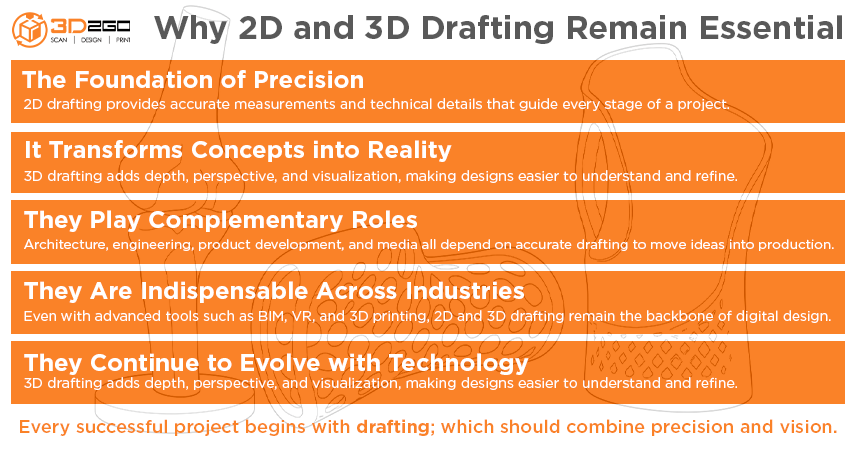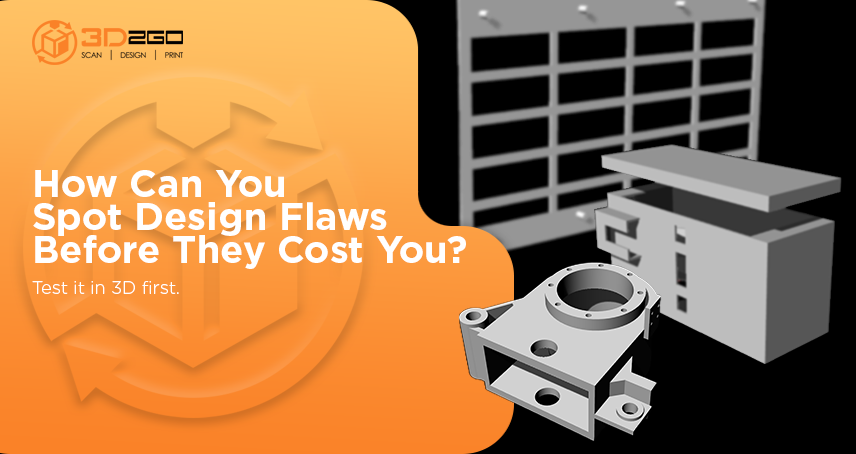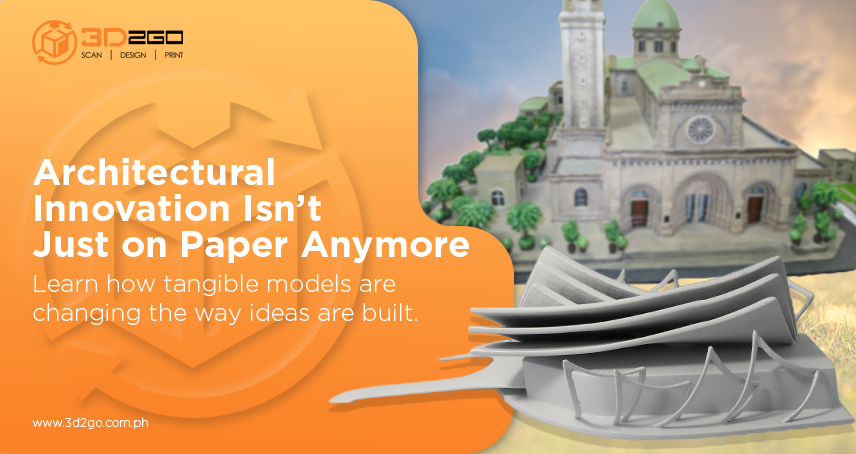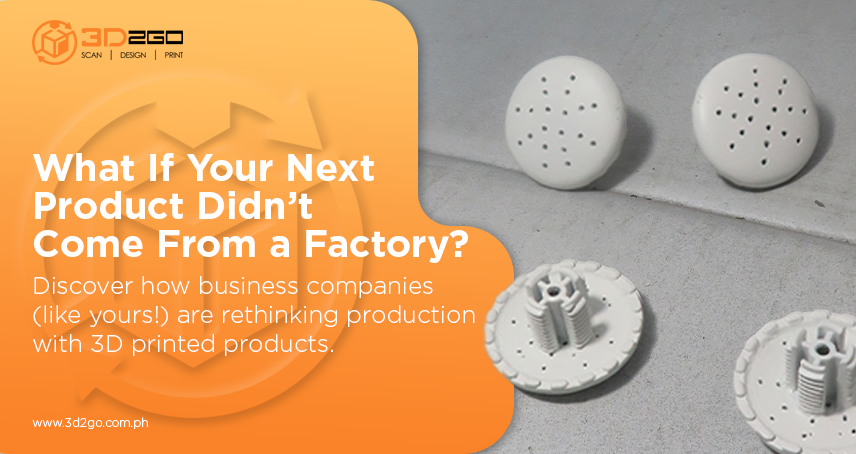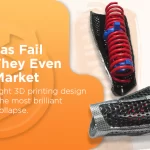
The Value of Partnering with a 3D Printing Design Service
August 20, 2025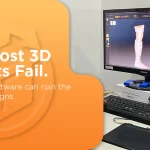
The Strategic Edge: Why 3D Companies Prioritize Quality 3D Rendering Tools
August 27, 2025In this digital era, design and visualization tools have advanced beyond what many thought is possible. From immersive VR simulations to AI-driven modeling, the world of design is evolving rapidly. Yet, amid these innovations and technology, 2D and 3D drafting remain the backbone of digital design. Far from being outdated, they continue to serve as essential tools across industries like architecture, engineering, product development, and even entertainment.
This article explores why 2D and 3D CAD drafting services continue to hold their ground in modern workflows, the differences and strengths of each, and why businesses and creatives alike should still rely on them.
A Closer Look at 2D Drafting
When people think of design, they often picture colorful 3D models spinning on a computer screen. But before those visuals exist, someone has to map out the idea in two dimensions. That’s where 2D drafting comes in.
2D drafting involves flat drawings: floor plans, sections, elevations, and detailed diagrams. They may not look flashy, but they’re precise, technical, and essential. Contractors rely on them to measure walls down to the millimeter. Manufacturers depend on them to machine parts that fit together perfectly. And because they’re universally understood across industries, 2D drawings function like a shared language.
The Role of 3D Drafting
While 2D provides the technical backbone, 3D drafting gives ideas their volume and depth. A 3D draft shows how a building will sit on a site, how furniture will look inside a room, or how a product will function when assembled. Clients and stakeholders can walk through virtual spaces, rotate objects, and see how everything fits together long before anything is physically built.
It’s more than just presentation. Engineers use 3D drafting to run stress tests, check mechanical movements, or simulate how materials behave under pressure. For product designers, it offers a way to refine ergonomics and aesthetics at the same time.
Why Both 2D and 3D Drafting Matter
Many people assume that because 3D drafting is more advanced, it has completely replaced 2D drafting. This is far from the truth. In reality, both complement each other. Here’s why they remain essential:
1. Accuracy begins with 2D
2D drafting provides the groundwork. It lays out the exact details, measurements, and annotations that make 3D models accurate. Without precise 2D drafts, 3D models risk being off-scale or misaligned.
2. Different teams need different formats
Construction workers, manufacturers, and contractors often rely heavily on 2D drawings. They are faster to interpret and easier to distribute, especially in the field. Meanwhile, 3D drafts bridge the gap between technical teams and non-technical stakeholders by offering a visual representation.
3. Efficiency comes from combining both
2D drafting is quicker for early-stage conceptualization and documentation, while 3D drafting shines in presentations and simulations. Together, they save time and reduce costly errors.
4. Compliance requires detail
In many industries, regulatory approvals still require detailed 2D documentation alongside 3D visualizations. Using both ensures all legal and compliance requirements are met.
Industries That Rely on 2D and 3D Drafting
-
Architecture and Construction
Architects create floor plans and technical sections in 2D, then bring those designs to life in 3D models for client presentations and structural evaluations.
-
Engineering and Manufacturing
Engineers use 2D drafting for precise schematics and mechanical parts, while 3D drafting allows for stress testing and prototyping before actual production.
-
Product Design
From consumer goods to electronics, product designers rely on 2D sketches for the technical aspects, then turn to 3D drafting for visualization and user experience analysis.
-
Interior Design
2D layouts guide measurements and furniture placement, while 3D models let clients experience a space virtually before it’s built or renovated.
-
Entertainment and Media
Even in animation and game development, 2D concept art evolves into 3D characters and environments. Both processes are necessary to achieve the final output.
Clearing Up Common Myths
-
“3D has replaced 2D completely.” – In reality, 2D is still required for documentation, technical communication, and regulatory compliance.
-
“2D drafting is outdated.” – On the contrary, it’s the basis of accuracy in design.
-
“3D drafting is just for looks.” – Beyond visuals, 3D drafting enables testing, simulation, and data-rich models that reduce errors.
Technology Has Changed Drafting, Not Replaced It
Modern software has revolutionized how designers use both formats. CAD (Computer-Aided Design) platforms seamlessly combine 2D and 3D drafting, allowing professionals to switch between technical schematics and immersive models in one workspace.
BIM (Building Information Modeling) goes further by embedding data into 3D models, making them intelligent resources for construction. Meanwhile, 3D printing relies heavily on accurate drafts to produce functional prototypes.
All these advances don’t eliminate traditional drafting; they expand it. 2D and 3D drafting are simply evolving alongside technology.
Why Businesses Should Value Drafting Expertise
While software is available to anyone, expertise in 2D and 3D drafting ensures quality output. Drafting requires not just technical know-how but also a deep understanding of standards, measurements, and practical applications.
Poorly made drafts, whether 2D or 3D, can result in costly mistakes, project delays, or even structural failures. This is why businesses often turn to specialized service providers with the experience to deliver accurate and reliable drafts.
Drafting Remains the Backbone of Design
In a world filled with advanced design technologies, 2D and 3D drafting remain indispensable. They provide clarity, accuracy, and visualization that no other tool can fully replace. By combining both, designers and businesses gain a more comprehensive, efficient, and reliable workflow.
For businesses in the Philippines and beyond, partnering with professionals who specialize in drafting is the best way to ensure quality results. At 3D2GO, we offer expert 2D and 3D drafting services tailored to meet your design and project needs—whether for architecture, engineering, product design, or beyond.
Ready to bring your concepts to life with precision and creativity? Contact 3D2GO today, and let’s build the future of your designs together.



